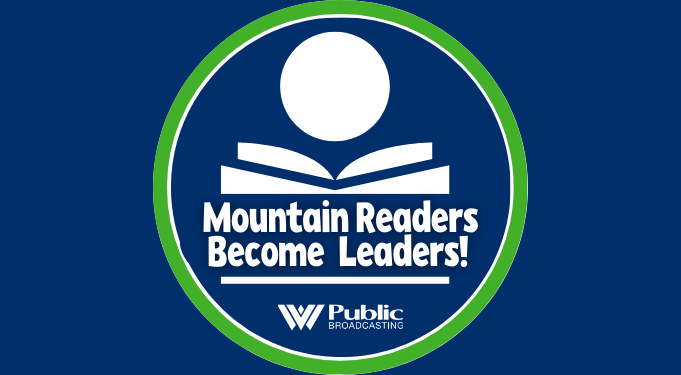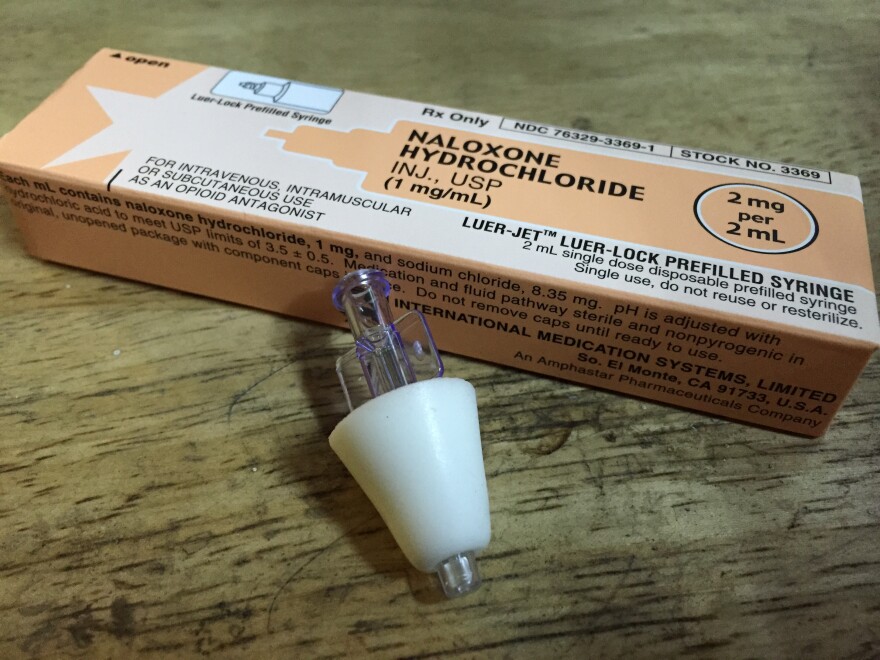While law enforcement officials, lawmakers and medical professionals are all scrambling to find solutions to West Virginia’s heroin epidemic, EMTs and paramedics across the state are receiving calls almost daily, rushing to the homes of those who’ve made it to the very edge with their addiction.
“Most people, they hear about the problem with heroin. But, I don’t know that they fully understand and can fathom how much of an epidemic it truly is and how many lives are affected by it so adversely,” said Captain Chad Jones, a paramedic and shift supervisor for the Charleston Fire Department.
Jones said the heroin overdose calls he and the other paramedics at the fire department go on prove that addiction shows no prejudice when it comes to age, background, or socio-economic status.
“I think everybody knows somebody that’s been affected–one way or another–with the heroin epidemic currently,” he said.
Jones estimates the Charleston Fire Department runs one heroin overdose call a day. Sometimes there are none. But, when shipments of the drug come to town, Jones said it’s not uncommon to respond to multiple overdose calls in a short period of time.
“Seems like, you know when there’s a good batch or a bad batch — however you want to refer to it — a pure batch, I guess, you’ll run. Those are the days when we have numerous overdoses that we’ll run. So, you know that somebody’s brought in some pure stuff that’s giving everybody a loop.”
He said those batches come in as frequently as every other week.
Is Naloxone the Answer?
One of the tools EMTs and paramedics use to fight the effects of an overdose is the opioid antagonist Naloxone. Data from the state Department of Health and Human Resources shows that in 2014 alone, Kanawha County EMTs administered more than 200 doses of the medication. After taking a look at data, Jones argues those numbers are likely inaccurate. He says that number is “grossly underestimated” and human error is likely the cause.
Jones says sometimes they administer more than one dose. But addicts rarely end up footing the bill and the the drug has essentially doubled in recent years.
“If you want to look at it from the financial standpoint, some of them people we give three or four of them to. If we give you three of them that’s $115 dollars. We’re not getting that back. Most of the people don’t have insurance, typically.”
"I think everybody knows somebody that's been affected–one way or another–with the heroin epidemic currently."
As far as stopping–or at least slowing–overdoses on heroin, Jones says he thinks showing people the harsh reality is the way to educate those who are struggling.
“You know, seeing it? If everybody could see it, it’d be better. As morbid as it sounds, there’s been a couple times, one guy he said, ‘I would have the family video of the patient on their cell phone to show them that when they woke up they could say ‘This is you. This is you just about dead. And you need to come clean and get off of heroin.’”





















